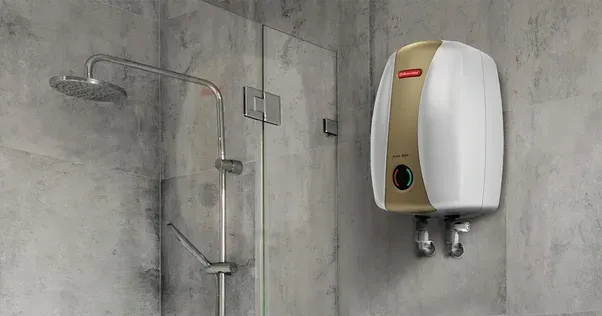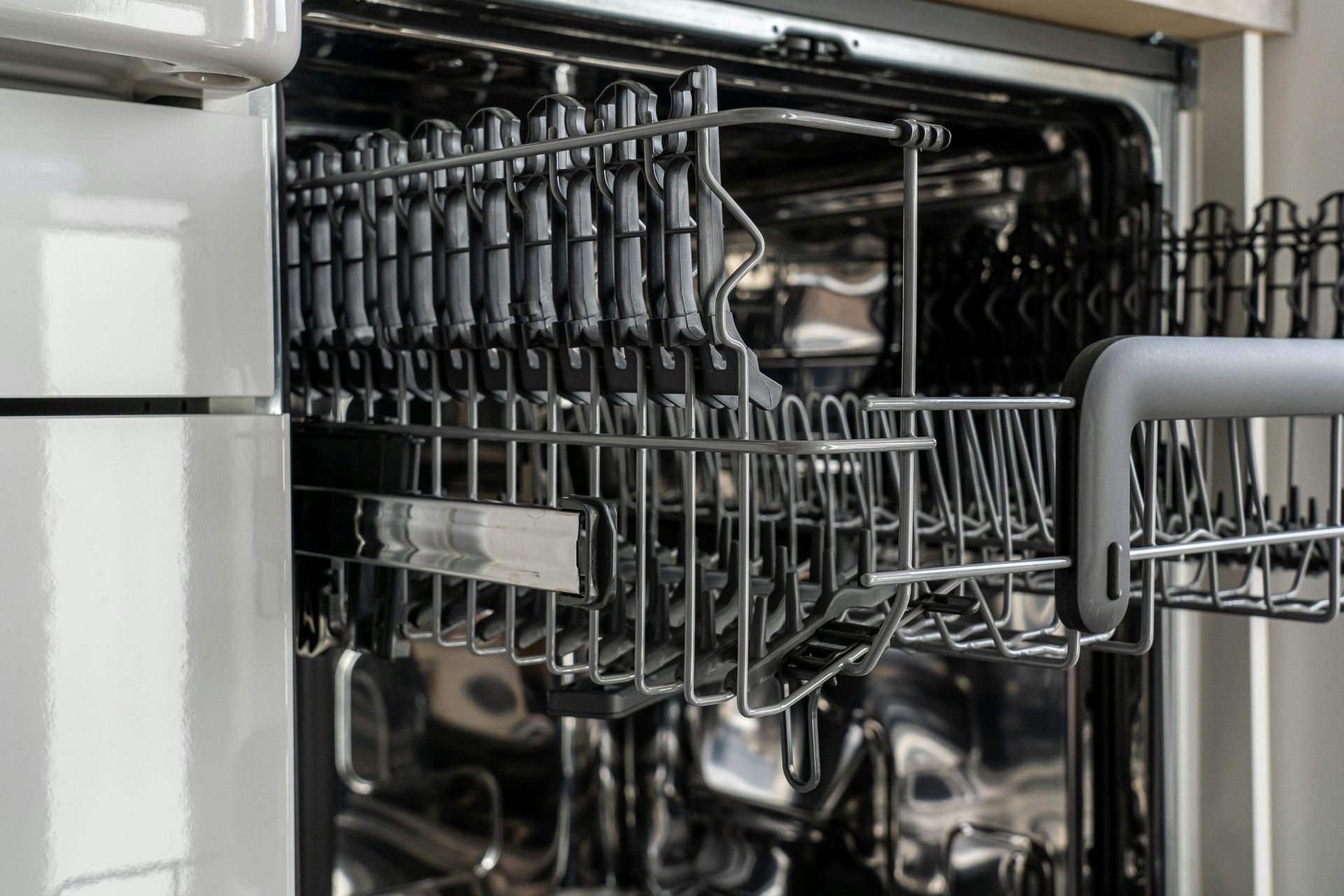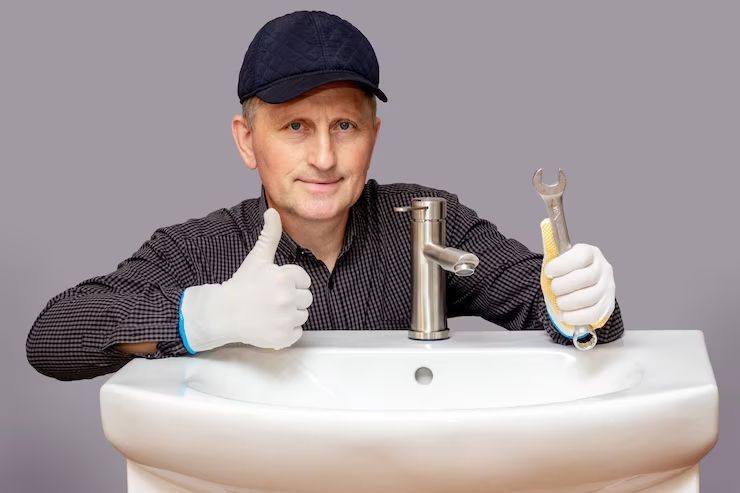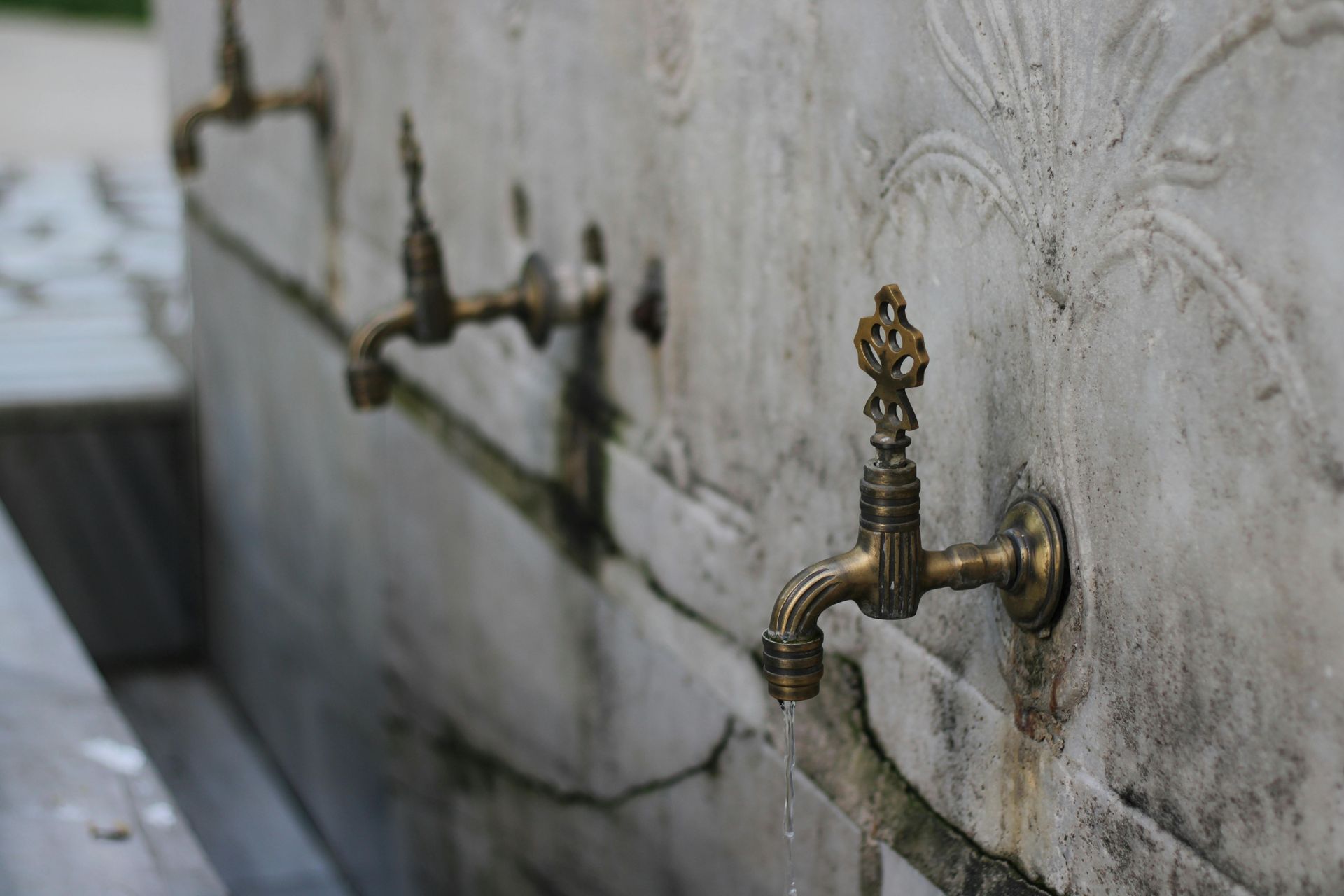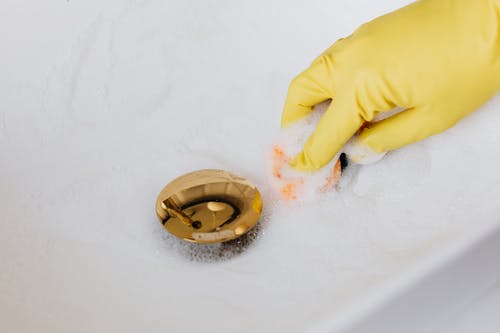The Signs Of A Failed Water Heater Pressure Relief Valve
The pressure relief valve is a critical safety component in any water heater, designed to release excessive pressure inside the tank and prevent catastrophic damage or explosions. Failure of this valve can lead to dangerous situations, including water leaks, flooding, and potential damage to the plumbing system and home. Professional plumbers, such as All City Plumbers, frequently diagnose and repair pressure relief valve issues during maintenance tasks like drain cleaning and plumbing inspections. This article offers a comprehensive, detailed discussion about the signs of a failed water heater pressure relief valve, its implications, and the importance of proper maintenance, including how technicians properly use the plumber's tape during valve installations or replacements to ensure a reliable, leak-free seal.
Understanding the Function of a Pressure Relief Valve
A pressure relief valve (PRV), also called a temperature and pressure relief (TPR) valve, is installed on water heaters to safeguard against dangerous pressure buildup. Water heating increases pressure as water expands and temperature rises, potentially reaching unsafe levels inside a sealed container. The PRV automatically opens to discharge water and reduce pressure once it reaches a preset limit.
Typically positioned on the side or top of a water heater, the valve connects to a discharge pipe directing released hot water safely to the floor or drain. This mechanism protects the tank from rupturing and prevents hazards like scalding water bursts or tank explosions. Without a functioning pressure relief valve, a water heater poses significant safety risks.
Common Signs Indicating a Failed Pressure Relief Valve
Detecting pressure relief valve failure early prevents serious incidents. Several warning signs alert homeowners and professionals about valve malfunction or failure:
One of the most obvious signs is visible leaking or dripping water near the valve. A small drip may be normal due to thermal expansion, but constant leaks often indicate valve wear, corrosion, or internal blockage. Such leaks can lead to water damage around the tank area if left unattended.
Unusual and excessive noises emanating from the water heater, such as hissing, banging, or gurgling, can signal valve issues. Hissing indicates a stuck valve partially releasing pressure continuously. Banging or popping noises may result from pressure fluctuations caused by a malfunctioning valve, impacting water heater performance and safety.
Homeowners may notice inconsistent or fluctuating water temperature. If hot water alternates between scalding and cold, it could be due to pressure relief valve failure impacting temperature regulation.
A lack of hot water is another symptom, often related to the valve discharging water continuously, lowering tank temperature and pressure. If testing the valve lever does not release water, the valve may be stuck closed—posing a risk of pressure buildup.
Lastly, if you find water pooling or flooding near the water heater, it typically indicates a failed valve or discharge pipe problem, requiring immediate attention to avoid property damage.
The Role of Professional Maintenance and Repair
Given these serious symptoms, it is essential to involve trained professionals such as All City Plumbers to perform thorough inspections and repairs. During service calls, they inspect the pressure relief valve for corrosion, mechanical faults, or sediment buildup obstructing valve operation.
Proper repair or replacement involves draining the tank and removing the faulty valve safely. When installing a new valve, technicians meticulously seal connections with plumber’s tape to ensure leak-proof fittings. Properly using the plumber's tape is critical in preventing leaks at threaded joints, maintaining system integrity, and avoiding future water damage or pressure loss.
Regular water heater maintenance combined with professional drain cleaning services ensures sediment does not accumulate excessively, which otherwise can impair valve function over time and reduce overall system lifespan.
Potential Risks of Ignoring a Failed Pressure Relief Valve
Failure to address pressure relief valve issues places homeowners at risk of severe consequences. Pressure buildup beyond design tolerances can cause catastrophic tank rupture, scalding water expulsion, or flooding—all of which threaten safety and incur significant repair costs.
Beyond physical hazard, faulty valves contribute to increased water bills due to constant leakage and inefficient water heating. The environmental impact includes wasted water and energy resources, underscoring the importance of proactive maintenance by trusted professionals.
Furthermore, water damage from leaks or floods can affect building foundations or nearby plumbing components, complicating repairs.
Conclusion
Recognizing the signs of a failed pressure relief valve is imperative to home safety and plumbing system longevity. Visible leaks, strange noises, inconsistent water temperatures, and flooding all warrant immediate evaluation by certified plumbers.
Employing experts like All City Plumbers guarantees proper diagnosis, prompt repair, and valve replacement as needed—with an emphasis on using correct installation practices such as properly using the plumber's tape to secure fittings. These steps prevent leaks and pressure failures, enhancing water heater reliability and safety.
Combining professional drain cleaning and plumbing maintenance further prolongs system life and safeguards against sediment buildup that can jeopardize valve function.
Timely attention to pressure relief valve health protects property, conserves resources, and ensures reliable hot water for years to come.




